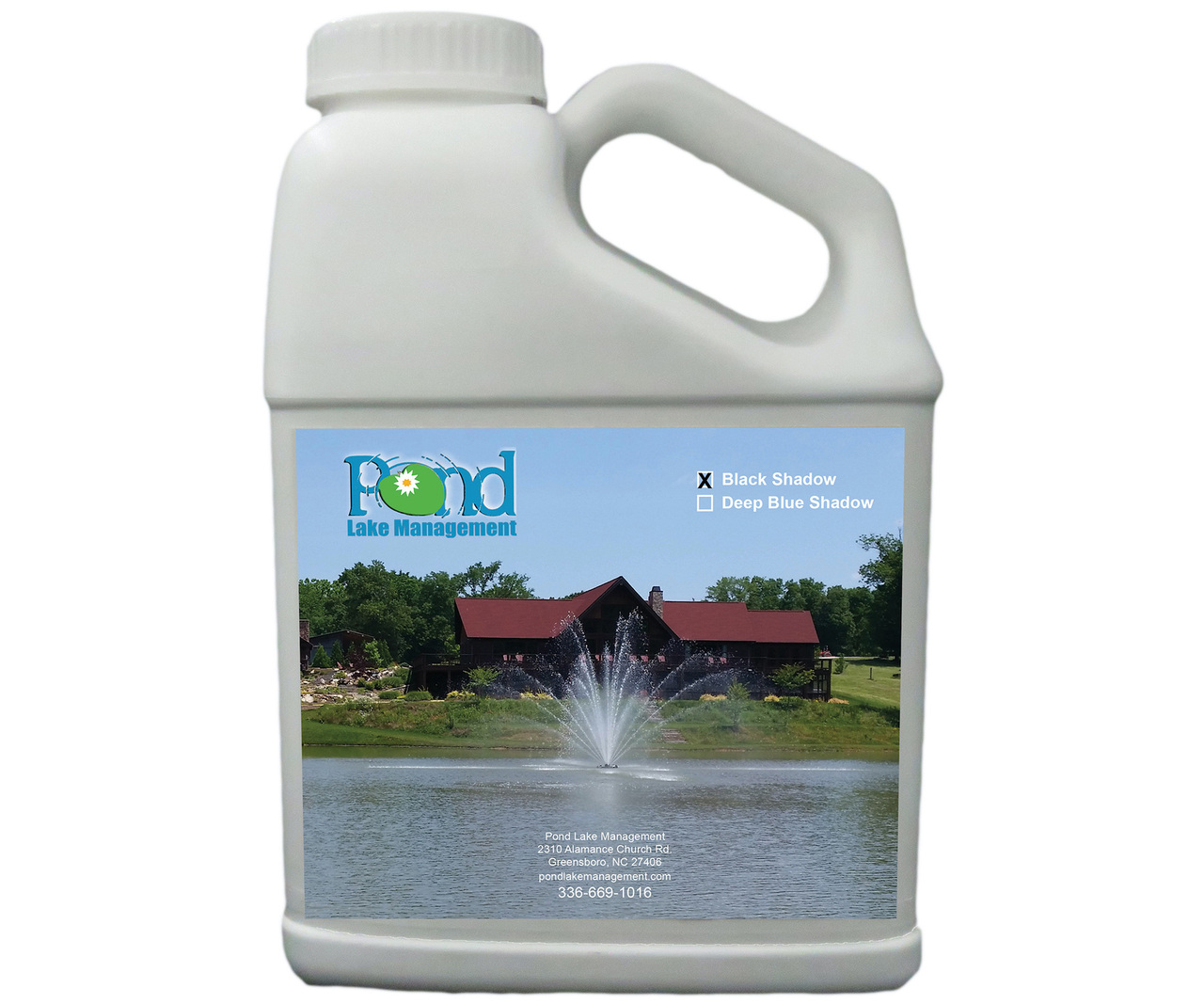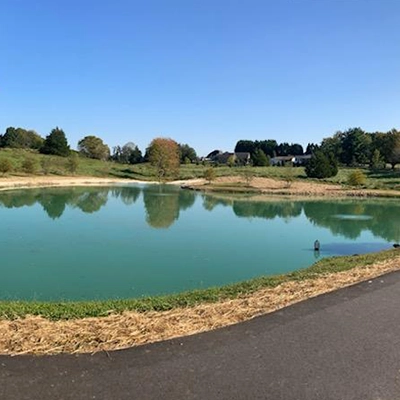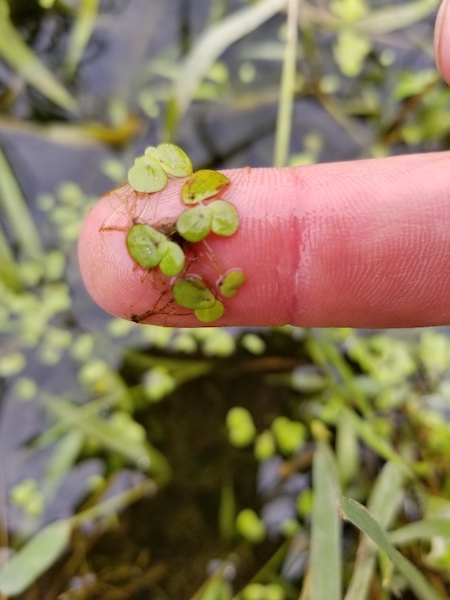The Difference Between Pond Algae and Pond Weeds

Identify your Pond Algae and Weeds, and learn about the difference between Pond Algae and Pond Weeds.
WHATS IN THIS BLOG?
o Introduction
o What are Ponds & Weeds?
ο The types of Pond Algae
ο Identify Pond Weeds
ο Key Differences between Pond Algae & Pond Weeds
ο What Causes Pond Algae and Pond Weeds to Grow?
ο Managing Pond Algae and Pond Weeds
ο How to Identify Pond Algae and Pond Weeds
ο Why Algae and Plant Balance Is Critical
ο In Conclusion, Take Action and Transform Your Pond
Introduction
Pond owners, farmers, property managers, and environmentalists often have issues with different types of pond algae or pond weed types that reduce the beauty and functionality. One question that frequently arises when dealing with pond maintenance issues is; “What is the difference between pond algae and pond weeds?” While different types of pond algae and common pond weeds often coexist and confuse pond owners, understanding the difference between pond algae and pond weeds helps with developing a treatment plan.
This blog post will cover the differences between pond algae and pond weeds, explore what causes their growth, and share actionable control methods tailored to your pond’s needs.

Download our Pond Algae & Weed Id Guide
What Are Pond Algae and Pond Weeds?
Pond Algae
Pond algae are typically microscopic organisms that lack true roots, stems, and leaves. They often appear as:
Scum on the water’s surface
Floating Pond Algae “Mats” floating near the shoreline
Green, reddish or yellowish blooms that discolor the water
Types of Pond Algae:
Planktonic (Microscopic Algae)
These are free-floating algae that give water a green or yellow-green hue. Planktonic algae gives the water the appearance of being dyed. Often called “bloom,” this type can lead to oxygen depletion when it dies off.
Mat-forming Algae (Filamentous Algae)
Commonly mistaken for moss, this algae grows in mats around the edges and bottoms of ponds. They can overtake stagnant bodies of water with plenty of nutrients.
Chara (Stonewort)
A calcium-coated algae resembling flowering plants, Chara grows underwater and emits a distinct musky odor. Seaweeds are a type of macro-algae that grows from the bottom of the pond. Several species are considered invasive throughout North Carolina.
Identify Pond Weeds
Pond weeds, on the other hand, are vascular plants with true roots, stems, and leaves. Due to these plant features Pond Weeds identification is often easier than than determining pond algae types. These higher-order plants can be identified as floating, submerged, or emergent species.
Pond Weeds
Submerged Weeds
Submerged weeds, grow and live entirely below the ponds surface. Example: Curly-leaf pondweed, which grows underwater and provides good fish habitat in moderation but can overpopulate.
Floating Weeds
Flowers and leaves on the surface of the pond, the floating weeds may be unattached or rooted in the ground. Example: Duckweed, a small, rootless plant that can completely cover a pond’s surface.
Emergent Weeds
Example: Cattails or water lilies, which grow rooted in the pond bottom but extend above the water surface. They typically grow in wetlands and along the shore of a pond.
Features
Pond Algae
Pond Weeds
Structure
No roots, stems, or leaves
True roots, stems, and leaves
Growth
Usually microscopic; forms scum or mats
Can Be submerged,, floating, or emergent
Management
Often managed with algaecides and nutrient reduction
Herbicides, manual removal, biological controls
What Causes Pond Algae and Pond Weeds to Grow?
Both algae and pond weeds thrive in nutrient-rich environments. Factors that contribute to their growth include:
- Nutrient Runoff Excessive nitrogen or phosphorus from fertilizers, livestock runoff, or failing septic systems increase aquatic growth.
- Sunlight Exposure Algae and weeds flourish in shallow ponds with excessive sunlight, which promotes photosynthesis.
- Stagnant Water Lack of water circulation in your pond or lake creates ideal conditions for algae and weed growth.
- Neglected Maintenance Lack of preventive care allows both algae and weeds to overpopulate. Consider a pond maintenance plan.
Pond owners must adopt targeted approaches to control each type of Pond Algae or Pond Weed effectively. More below on how to get rid of pond weeds in North Carolina?
For Algae:
- For Algae: Use copper-based algaecides or sodium carbonate peroxyhydrate products like SeClear, Cutrine Plus and Tribune. These algaecides address blooms and mat-forming algae, we recommend be applying according to the manufacturers recommendations to obtain maximum control and avoid environmental impact.
- For Controlling Pond Weeds: Herbicides like 2,4-D or glyphosate (AquaNeat, Sonar Genesis, and Glyphosate) are effective for submerged and emergent plants. Be sure to follow label instructions and verify usage is within compliance of local regulations.
Biological Controls:
- Grass Carp (also known as Green Carp)
This fish species can graze on pond weeds, especially submerged types, but is less effective on duckweed or algae. Only use sterile grass carp that are purchased from licensed grass carp distributors.
Manual Removal:
- Physical Techniques: Use rakes or cutters to manually remove pond weeds. Be sure to remove root systems to prevent regrowth.
- Netting for Algae: Mat-forming algae can be removed using nets, but this method requires ongoing effort.
Preventive Measures:
Nutrient Control:
- Reduce fertilizer use near your pond. We recommend maintaining a 20 yard fertilizer free buffer zone around your pond to minimize fertilizer run off.
- Prevent livestock access to control feces generated nitrogen and other nutrients.
- Divert runoff containing manure or fertilizers.
For professional help call a professional pond maintenance expert like Pond Lake Management.
Shading and Aeration:
- Apply Water Pond Dyes such as Pond Lake Management’s Black Shadow or Deep Blue Shadow Water Dye to limit sunlight penetration.
- Install pond aerators to increase dissolved oxygen levels, increased oxygen levels help reduce algae growth.

How to Identify Pond Algae and Pond Weeds
Knowing what you’re dealing with is the first step toward effective Pond Algae and Weed management. Here’s how to identify pond algae and weeds:
- Observe texture and appearance. Algae often feel slimy, while pond weeds have more structured leaves and stems.
- Call Pond Lake Management or refer to the North Carolina Extension office or aquatic plant consultants to confirm your findings.
Why Algae and Plant Balance Is Critical
Pond health is not about total elimination. Both algae and pond weeds play important roles in aquatic ecosystems:
- Algae serve as the base of the aquatic food chain, providing nutrients to fish and other organisms.
- Pond weeds stabilize sediment, absorb excess nutrients, and provide cover for aquatic life.
Proper pond management ensures these benefits without allowing overgrowth to compromise water quality or usability.
In Conclusion, Take Action and Transform Your Pond
Managing a pond can be challenging, but with the right information and tools, you can strike the perfect balance between pond aesthetics, visual appeal and ecology. Start with:
- Conducting a thorough pond assessment of your pond’s aquatic vegetation.
- Implementing preventive measures to reduce nutrient runoff.
- Choosing targeted control methods based on pond weed or algae type.
- Considering professional help for long-term and large-scale solutions.
If you’re ready to restore your pond’s natural beauty, our advanced products and expert guidance are here to help. Contact our the pond weed control experts at Pond Lake Management.
The Pond Lake Management Newsletter
Get news you can use to maintain your pond’s health and beauty
Learn about the do’s and don’ts of pond maintenance to keep your pond healthy and vibrant in North Carolina year round. Sign up to receive the next Pond News quarterly newsletter.




